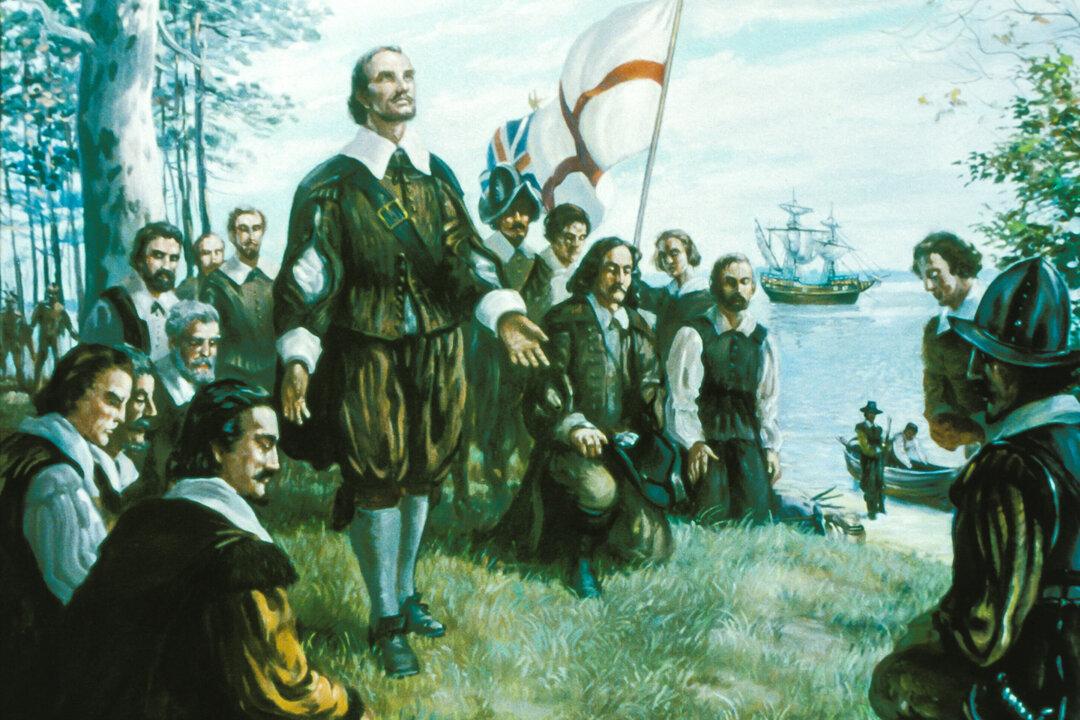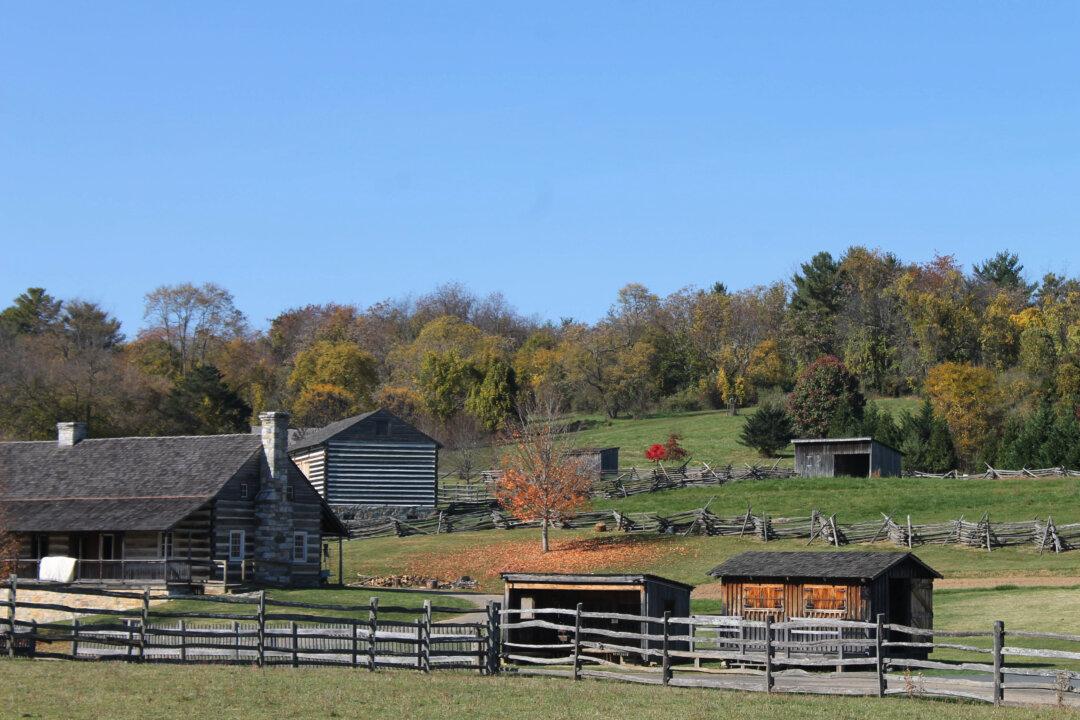“I was painfully distressed at the ruin and desolation of the home of Washington, and the thought passed through my mind: Why was it that the women of his country did not try to keep it in repair, if the men could not do it? It does seem such a blot on our country.”—Louisa Bird CunninghamGeorge Washington’s Mount Vernon Estate was a working farm where the man who would become our first president devoted himself to the science of agriculture. Believing that America should become “a granary to the world,” Washington devoted himself to improving methodology in farming. Employing crop rotation, fertilization, and the cultivation of new crops, he was not unlike other Founding Fathers, Thomas Jefferson and Charles Carroll of Carrollton, who saw their lands as a place to develop a new agriculture for a new world. He even sought to improve the processing of grain by developing an innovative, 16-sided threshing barn, which may be seen at the estate today. Washington was a farmer before he was a world leader; when he left public service, he returned to his beloved Mount Vernon and the life of a farmer.
Many visitors came to the estate—so many that Washington compared his house to a well visited tavern! On Thursday, December 12, 1799, the patriot was out on horseback, supervising the activities of his farm, when a light snow began to fall. The snow turned to hail, then to freezing rain. Washington was soaked to the skin. The ever punctual master of Mount Vernon stayed in his wet clothes as it was time for dinner. The next morning, he had a sore throat. He went out that day to select trees to be felled. By Friday evening, he was in great discomfort, and on December 14, 1799, the man who had miraculously cheated death on the field of battle so many times passed into eternity.
Today’s visitors to Mount Vernon experience a rich portrayal of the estate as it would have been in 1799, the year of Washington’s death, but the estate would not likely have survived if it hadn’t been for the vision of some amazing women! In 1853, Louisa Bird Cunningham was traveling by boat up the Potomac River. Captains in that day would blow their ship’s whistle on passing the mansion as a way to honor the memory of our first president. But Mrs. Cunningham was shocked and saddened by what she saw—the grand house still stood overlooking the great river, with its grounds overrun by weeds. The house’s great portico sagged under rotting columns, supported in places by repurposed ships’ masts. It was a dismaying sight.

Louisa Cunningham wrote of her concerns to her daughter Ann Pamela Cunningham, and in the letter, she planted the seeds of a vision—“Why was it that the women of his country did not try to keep it in repair, if the men could not do it?” Thus the Mount Vernon Ladies’ Association came into being as Ann set out to raise $200,000 to buy the crumbling estate from John Augustine Washington III, a great-grandnephew of George Washington. It was the first national preservation organization in America, and it had but one mission—to preserve George Washington’s Mount Vernon. Even in the middle of the 19th century, there was pressure to develop the lands of the estate commercially. Without Ann Pamela Cunningham, the legacy of our first president might well have been reduced to a paragraph on a Virginia Historical Marker!
Cunningham’s grassroots fundraising efforts were successful as she rose up groups of ladies in every state who were able to raise the money necessary to buy the property. Although the mansion they acquired was stripped of its furnishings, and the house and outbuildings needed a massive investment for rehabilitation, the Mount Vernon Ladies’ Association opened the house to the public in 1860. The house would be furnished as best they could as they began to search out and procure actual furnishings owned by the Washington family and correct period pieces. For a while, an Empire style sofa was displayed in the decor, though the style would not come into vogue until later than the period depicted.

The Association resisted the call of some to demolish the slave quarters and agricultural buildings. Instead, it sought to restore a full picture of the complex life of this 18th-century plantation. Due to the Association’s perseverance, it is possible to see the gardens and inventions of our first president in amazing context.
“It seems impossible to reach the color of the Room in Genl W’s [General Washington’s] day—& the question now is, whether the Assn [Association] desires to be bound by the coloring used by Judge [Bushrod] Washington—or—in absence of known shades of Gen. W.— consider itself at liberty to use the shades best calculated to set off the rooms to advantage—a pink shade to the Banquetting room would be far more beautiful than the most delicate lemon.”In the following century analysis of paint taken from the walls would reveal a fascinating discovery—the Washington family lived in a world of intense color!

The Mount Vernon Ladies’ Association conducted extensive research and discovered that the West Parlor was painted Prussian blue. The aforementioned dining room was actually painted a strong verdigris green. To their credit, the ladies of the association strove for an accurate representation of the interiors, even in the face of criticism from 20th-century colonial style designers who preferred a more pastel palate in their contemporary interpretations.
This article was originally published in American Essence magazine.





